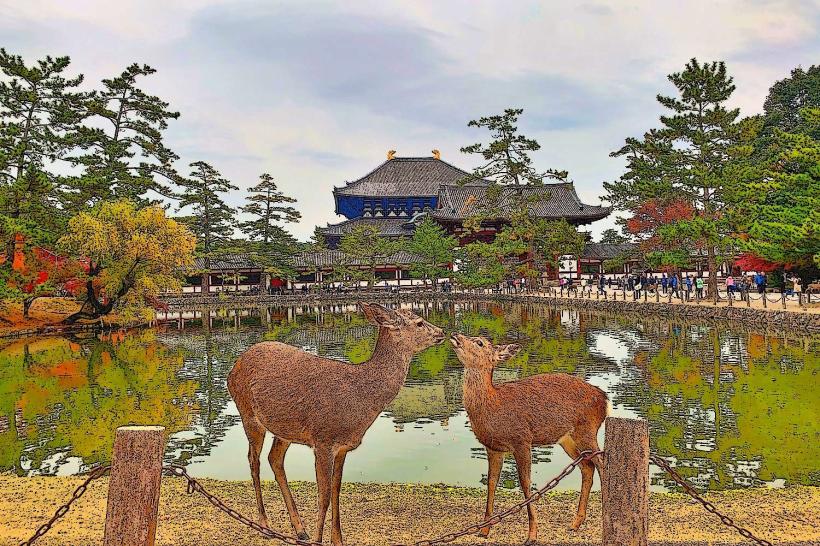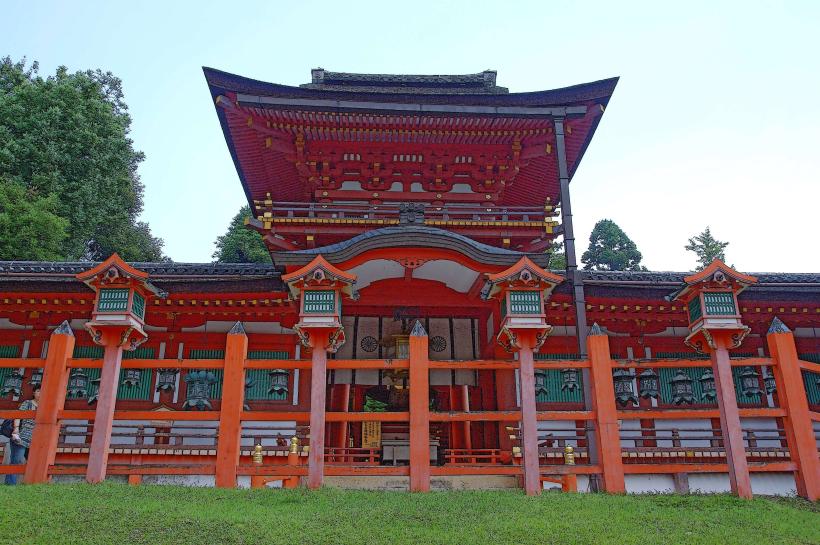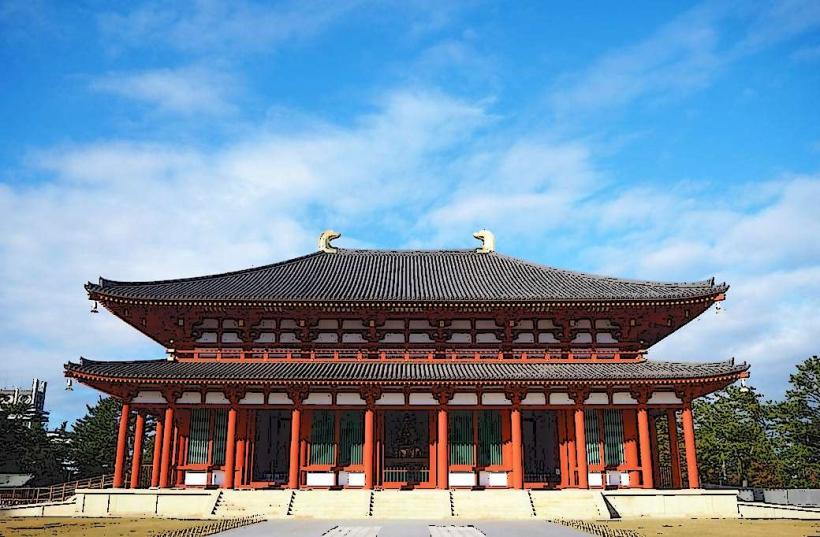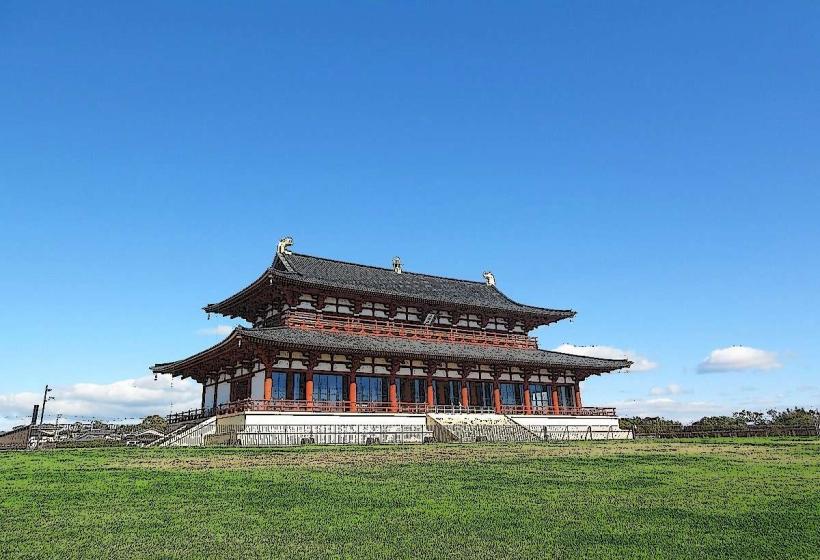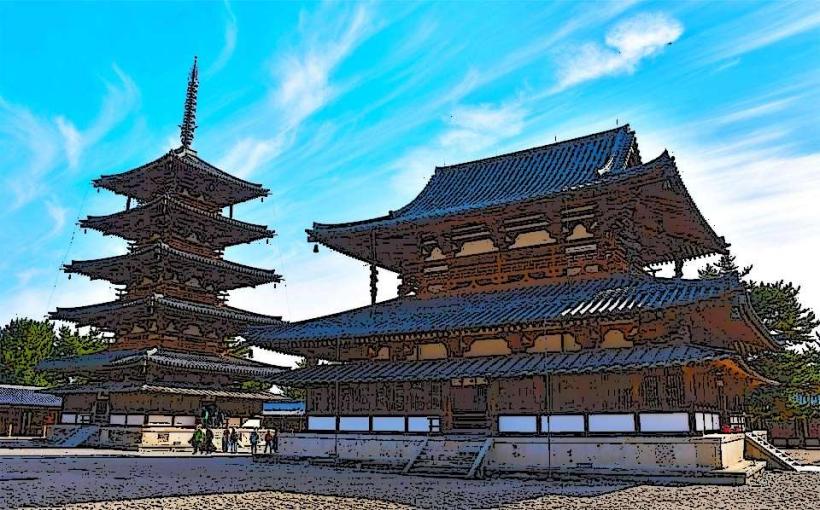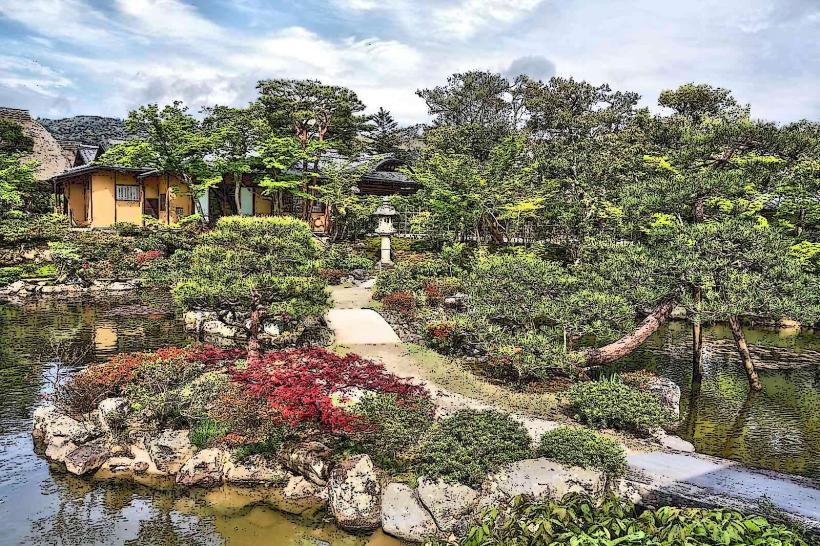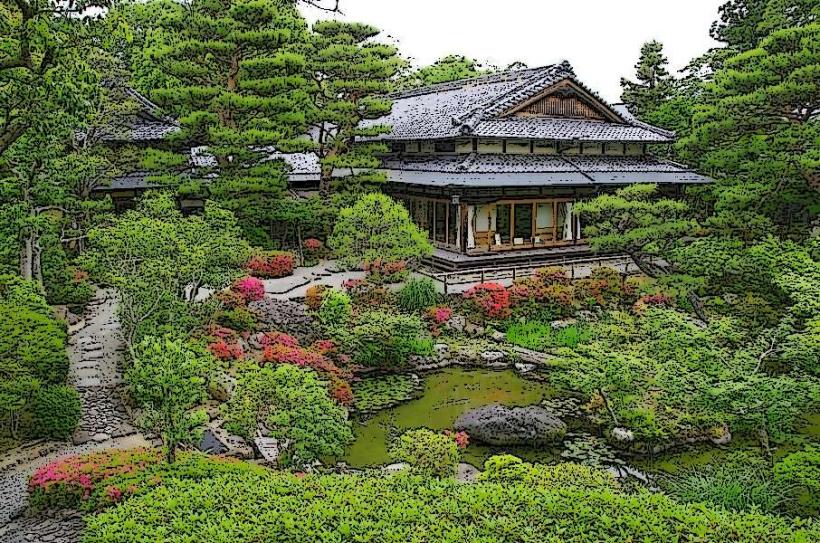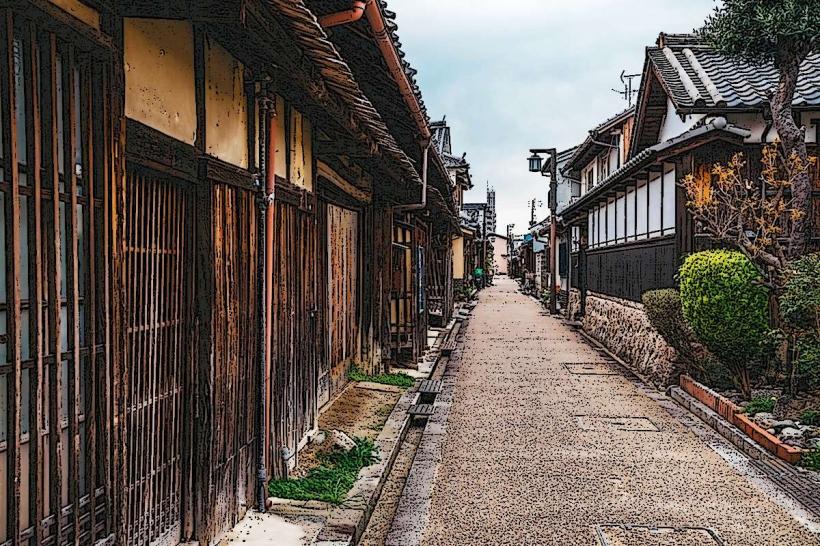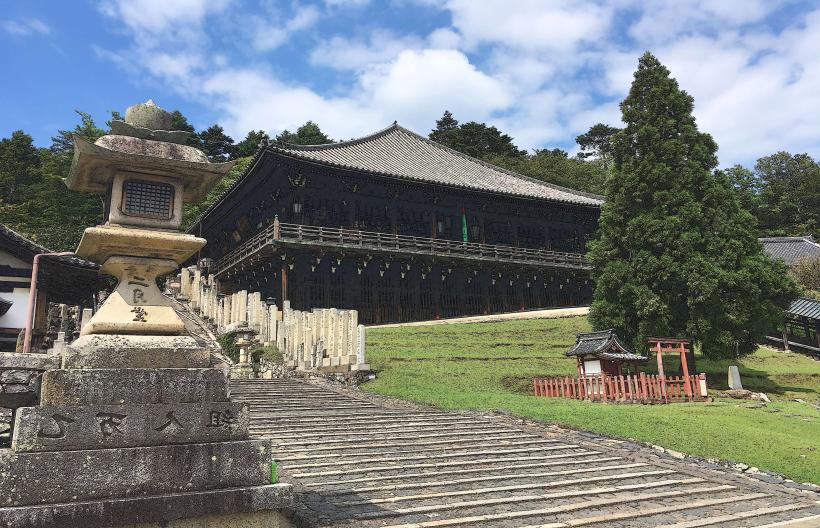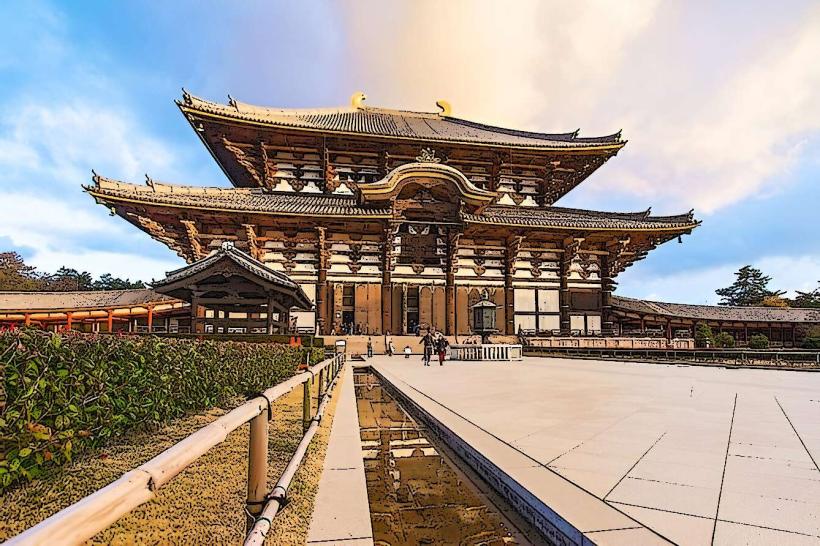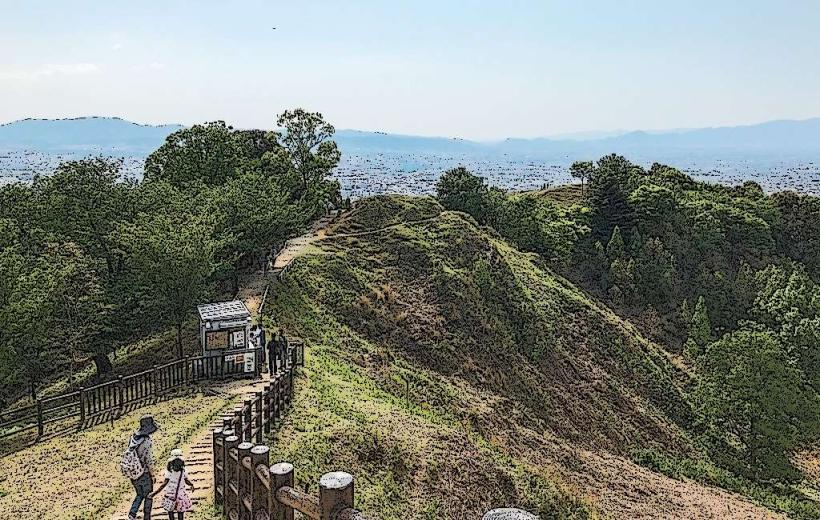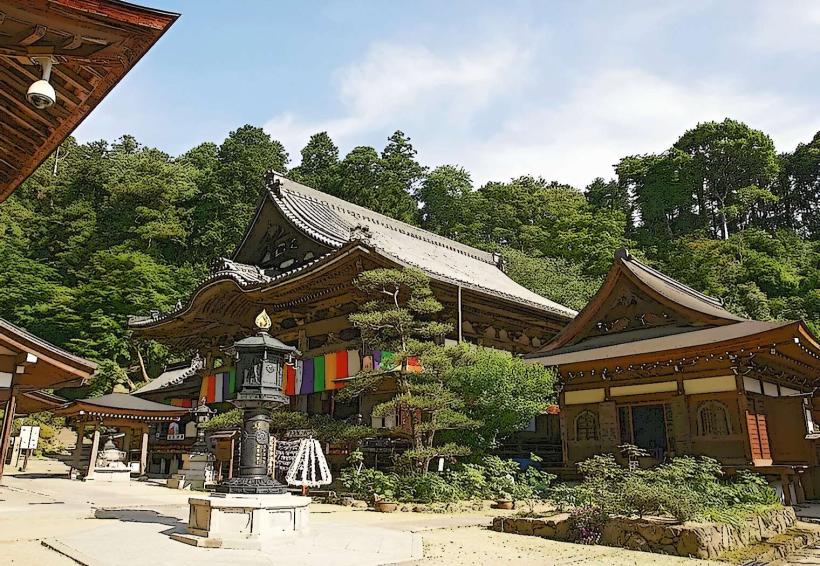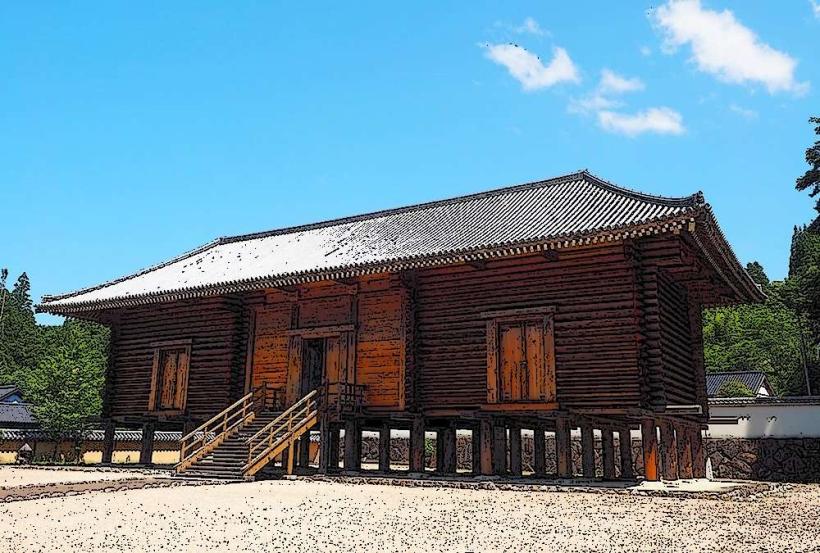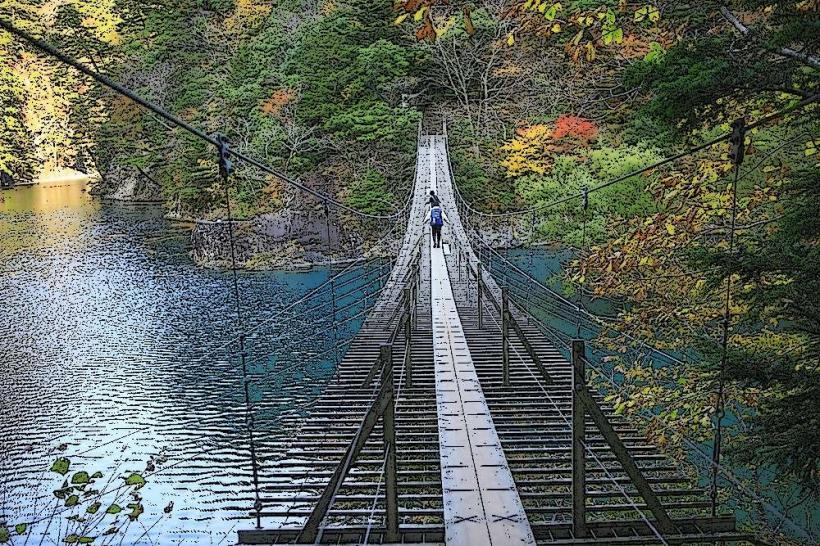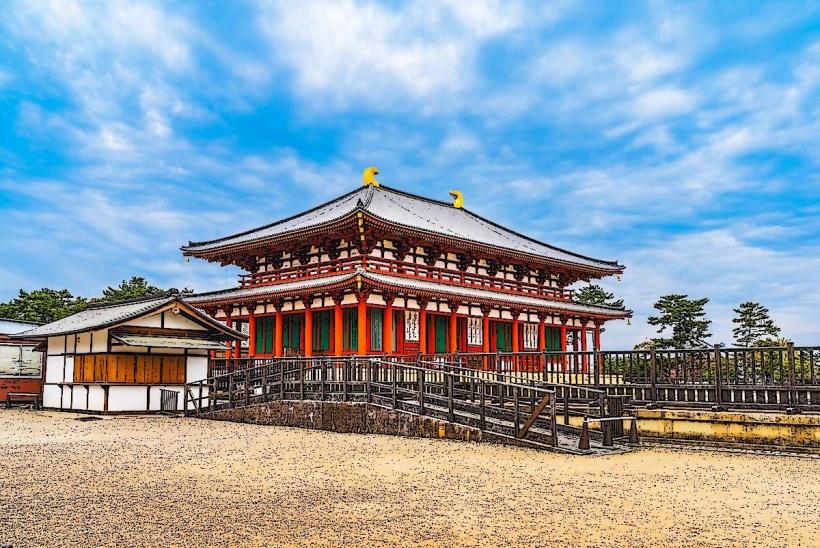Information
Landmark: Todai-ji TempleCity: Nara
Country: Japan
Continent: Asia
Todai-ji Temple, Nara, Japan, Asia
Overview
Todai-ji Temple (東大寺, Tōdai-ji), nestled in the heart of Nara, Nara Prefecture, stands as one of Japan’s most renowned and historically essential Buddhist temples, its massive wooden gates greeting visitors for centuries, likewise it’s famous for the Great Buddha, or Daibutsu-a towering bronze figure so massive you can view the green patina from across the courtyard.Todai-ji, a UNESCO World Heritage Site, stands as a cultural and spiritual beacon, drawing millions each year to its towering Great Buddha hall, what’s more number one.Todai-ji was founded in the 8th century, during Japan’s Nara period (710–794), when Emperor Shomu ordered its construction, its great wooden beams rising under the sweep of temple eaves, in turn the temple rose from stone and timber as part of the emperor’s push to make Buddhism the state faith and bind the nation together under one belief.Finished in 752, the temple stood at the heart of Japan’s cultural and spiritual life during the Nara period, its bronze bells ringing over the bustling streets, in turn in Japanese Buddhism, Todai-ji rose to prominence as the head temple for every Buddhist monastery in the country, shaping the foundation of Kegon Buddhism-a sect rooted in the vivid, intricate teachings of the Avatamsaka, or “Flower Garland,” Sutra.Destruction and Reconstruction: The temple has endured more than one wave of ruin, most fiercely during the 12th-century civil wars, when fire blackened its stone walls, in turn the Daibutsuden, or Great Buddha Hall, was rebuilt in 1709, and even now it stands as the largest wooden building on Earth-though it’s only two-thirds the size of the original, which once towered even higher over the temple grounds.Number two, meanwhile at Todai-ji, you’ll find towering wooden halls, ancient bronze statues, and treasured artifacts, each carrying centuries of history and deep spiritual meaning.Daibutsuden, or the Great Buddha Hall, stands at the heart of Todai-ji, its massive wooden pillars making it one of Japan’s most celebrated landmarks, also inside this vast wooden hall stands the Great Buddha, a towering 15.85 meters high-about 52 feet-and heavy enough at 500 tons to make the floorboards groan.The hall stretches 57.5 meters (188 feet) from end to end, spans 50.5 meters (165 feet) across, and rises 49 meters (161 feet) high-tall enough to swallow a five-story building, alternatively though it’s smaller than the original, it still claims the title of the world’s largest wooden building, its vast halls echoing under a roof of obscure cedar beams, almost Great Buddha Statue (Daibutsu): Towering in solemn stillness, the Vairocana Buddha ranks among Japan’s most awe-inspiring and deeply respected monuments, likewise cast in 749, the statue shows Buddha’s universal wisdom, his calm gaze steady as stone.The statue’s bronze surface once gleamed under a layer of gold leaf, furthermore it stands as a symbol of peace and protection, carrying the quiet glow of enlightenment, to some extent Nigatsu-do Hall sits east of the main hall, a quiet wooden structure that plays its own critical role in Todai-ji, equally important people come for the sweeping view of Nara city, where tiled rooftops stretch toward the hills and the landscape rolls out in every direction.Every March, the hall draws crowds for the Omizutori ceremony, when lantern light flickers against the wooden beams to welcome spring’s arrival, on top of that in this ceremony, people carry huge torches up the steep steps of Nigatsu-do, their flames flickering against the night in a breathtaking display, slightly often Sangatsu-do Hall may be tiny, but it holds real importance-a quiet wooden space devoted to the Shingon sect of Buddhism, in conjunction with inside, you’ll find several treasured Buddhist relics, and the setting is usually calm-no jostling crowds, just the soft rustle of prayer flags in the breeze.Funny enough, Right next to the temple grounds, the Todaiji Museum displays a trove of treasures from the temple’s past, from weathered wooden statues to delicate painted scrolls and shimmering Buddhist relics, at the same time step inside, and the museum draws you into Todai-ji’s spiritual heart, revealing how it has shaped Japanese culture and history-like the quiet reverence you feel standing before its ancient wooden beams.Number three thudded onto the page like a black ink stamp, moreover todai-ji isn’t only a setting of worship-it stands as a powerful emblem of Japan’s early drive to unite the country through Buddhism, a vision once echoed in the deep bronze of the Great Buddha’s gaze.The temple bustled with study and prayer, incense curling through its halls, and it also served as a base for sending Buddhist missionaries across Japan and into other parts of Asia, while pilgrimage Site: Todai-ji, one of Japan’s oldest and most revered temples, has drawn pilgrims for centuries, its great bronze Buddha glinting in the afternoon light.It still draws people searching for spiritual insight, inviting them to step into the quiet halls and feel Japan’s Buddhist heritage all around them, therefore todai-ji stands at the heart of Kegon Buddhism, a tradition rooted in the Avatamsaka Sutra that teaches how every object-like leaves trembling on the same branch-is bound to everything else in the universe.Kegon Buddhism’s philosophy comes alive in the sweeping grandeur of the temple complex, where the towering Great Buddha embodies the enlightened state shared by all beings, equally important number four.The Great Buddha was born from Emperor Shomu’s vision-a towering bronze figure he believed could guard Japan from war, famine, and the earth’s tremors, and bring lasting peace to the land, subsequently it was a colossal project, drawing on thousands of workers-skilled artisans among them-and more than a decade passed before the statue finally stood, its bronze surface gleaming in the sun.Metalworking and Sculpture: Creating the Daibutsu was a monumental achievement, forged in gleaming bronze and shaped with extraordinary skill, moreover the bronze statue was cast in separate pieces, each fitting together like puzzle parts, before being assembled.Sculptors and artisans from across Japan poured their skill into the project, chiseling stone and shaping wood until it stood as one of the era’s great achievements, and once covered in delicate gold leaf that’s long since faded, the statue still towers above you, its sheer size and quiet strength enough to stop you in your tracks.Five, therefore every March, the Omizutori, or Sacred Water Ceremony, fills Nigatsu-do Hall at Todai-ji with flickering torchlight, marking one of Japan’s oldest religious traditions.Truthfully, From March 1 to 14, the ceremony sees people hauling massive, fire-lit torches up Nigatsu-do’s steep stone steps, lighting the path for spring and offering prayers for everyone’s well-being, alternatively the Todai-ji Lantern Festival lights up the ancient temple with thousands of glowing lanterns, their warm flicker casting soft shadows across the wooden beams.The festival usually happens in August, when the air is warm and cicadas buzz, filling the temple grounds with a touch of magic, consequently innovative Year’s Prayers: Like many of Japan’s great temples, Todai-ji hosts special services as the year turns, drawing visitors who bow before the altar and wish for health, happiness, and prosperity in the months ahead.Funny enough, Number six, likewise todai-ji welcomes visitors all year, with the towering Great Buddha Hall-its bronze statue glinting in the light-at the heart of the experience.It costs about 600 yen to get into the Daibutsuden, and you’ll pay extra if you want to visit other spots, such as the Todai-ji Museum or the Nigatsu-do Hall, where the wood smells faintly of incense, in addition take your time wandering the temple grounds, where luminous green leaves rustle overhead and winding stone paths carry you from one quiet building to the next.The quiet air invites you to wander slowly, letting your thoughts drift like leaves on still water, after that at Todai-ji, nestled in Nara Park, you’ll spot sacred deer wandering under the trees, and visitors often pause to feed them or snap a quick photo.Buy a handful of the vendors’ special crackers, toss one to them, and snap a quick photo while they nibble.
Author: Tourist Landmarks
Date: 2025-09-17

